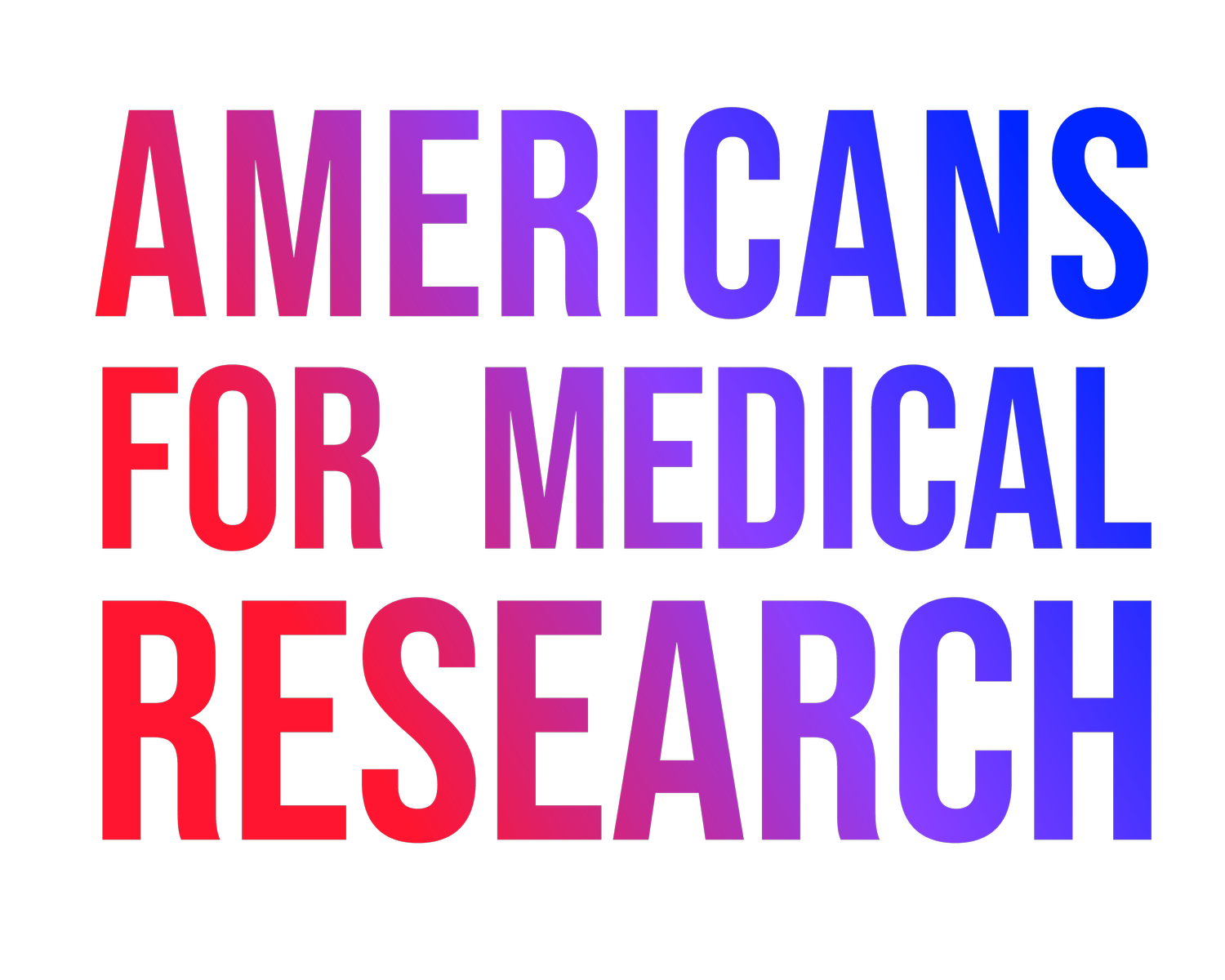Pennsylvania at risk of losing critical funding for medical research
Chris Sciamanna | 11.16.25
When older adults lose their ability to walk, it’s a drain on their lives. It’s also a drain on taxpayers.
That’s because Medicaid, the joint federal-state health care program for people with low incomes, pays the lion’s share of the bill for nearly two-thirds of nursing home residents nationwide. And lack of mobility — being unable to walk or climb stairs — is one reason many people move into nursing homes.
If we can help our rapidly aging population remain mobile, we not only will improve lives, we will reduce the burden on taxpayers, especially in states like Pennsylvania that devote a high percentage of their budgets to Medicaid.
There is no magic pill. The key to mobility is exercise. But how much? How often? And how can we get older adults, especially those who already struggle to walk or climb stairs, to do it?
Those are the questions that my team of medical researchers and I are trying to answer. We couldn’t do our work at Penn State and other universities without the help of a grant from the federal government through the National Institutes of Health. Since 2023, the NIH has helped finance a clinical trial aimed at proving whether exercising less than five minutes a day can help keep even the oldest, least healthy people on their feet and living independently.
Every year, Congress appropriates money to the NIH, the world’s largest funder of biomedical research, to support the work of scientists in Pennsylvania and all over the country. Because of this investment, America has become the world leader in medical discovery and innovation.
But now, Pennsylvania is at risk of losing critical funding for medical research, not only on exercise, but for treatments for cancer, Parkinson’s, Alzheimer’s, diabetes and more.
As a primary care physician, I have witnessed firsthand how scientific research has benefited my patients by offering a constant stream of ever-more effective treatments. We need Congress’s support to continue to break new ground on serious conditions that afflict too many of us, including immobility.
I have been struck by the difficulty of getting the people who need it most to exercise. Even when programs are free or covered by Medicare, relatively few people take advantage of them. They aren’t eager or aren’t able to get to a gym, and they don’t want to work out for the 150 minutes a week recommended by the Centers for Disease Control and Prevention.
Rather than prescribe exercises that people won’t do, we are trying to figure out what they can do — quickly and at home — to retain their ability to walk and to avoid, or at least delay, the need for nursing home care.
We have come up with five simple exercises that even unhealthy people 65 and older can do every day — for just 30 seconds each. We ask them to do as many repetitions of each exercise as possible in the half minute, then to continuously try to beat their personal records. The exercises include modified pushups, standing and sitting, stepping up and down on an eight-inch stepper, pulling a resistance band and walking as fast as possible back and forth across a room. We are researching whether this brief workout, which we already know most people will do, can also improve their walking, the most common disability among older adults.
If our research is successful, the government could use it to recommend the types and frequency of exercises that older adults should undertake to remain mobile. And Medicaid programs could offer it directly to older adults to help them remain in their homes, which is exactly what most older adults want.
I can tell you from my own patients and from a pilot program we conducted prior to the clinical trial that the results are promising. In fact, I recently attended the 100th birthday party of a patient who’s been doing my exercises for years.
Today, people often believe that “more is better.” But we think the key question is “what will people do that works?” We have the NIH to thank for helping us find the answer to that and other questions that can enable more of my patients to live vibrant, independent lives to 100 and beyond.
Dr. Chris Sciamanna is a professor of Medicine and Public Health Sciences at Penn State College of Medicine in Hershey.
